
Firearms have evolved constantly ever since their start around 800 years ago. From primitive hand cannons to automatic weapons, here are the gun breakthroughs that changed the battlefield and beyond.
1. Hand Cannon, 13th century
China had developed a wide variety of gunpowder weapons known as "fire lances" and "fire dragons," as well as flamethrowers and fireworks, as far back as the 10th century. The first true firearms that used gunpowder to launch a projectile can be dated to the Yuan Dynasty in the 13th century. These included bronze hand cannons, which could be held by one man and touched off by another. The range was short and accuracy poor, but the smoke, fire, and roar must have intimidated opponents of the time.
2. Gatling Gun, 1862
Dr. Richard Gatling's invention was one of the first real machine guns, with a practical rate of fire of more than 700 .50-calibre rounds per minute. The Gatling gun is a rotating six-barrelled weapon driven by a hand crank. Each barrel was loaded and fired mechanically in turn as the barrel rotated, with ammunition fed from a clip by gravity. The gun made a brief appearance in the American Civil War but proved more effective in the Spanish-American War. The British used Gatling guns to deadly effect in colonial wars against massed Zulus in South Africa, Mahdists in the Sudan, and many other wars of this period.
3. Colt Peacemaker, 1873
Samuel Colt did not invent the revolver, but he was the first to introduce an assembly-line system to make them rather than relying on skilled gunsmiths to handcraft each weapon. Colt's company mass-produced weapons like the Single Action Army, better known as the Peacemaker or Colt 45. Originally designed for the U.S. Cavalry, it became the most widely used handgun during the Wild West years. One version, the Colt Frontier Six Shooter, used the .44-40 Winchester calibre so cowboys could use the same ammunition in their handguns and rifles.
4. Maxim Gun, 1883
Sir Hiram Maxim was an American inventor who emigrated to Europe. His creations included fire sprinklers and steam-powered aircraft, but his most successful invention was the Maxim fully automatic machine gun. The weapon was recoil-operated, meaning that it didn't need to be cranked by hand to load new cartridges, as the Gatling gun did. Instead, the force of the recoil ejects the spent cartridge and loads a fresh one. The Maxim proved far more effective and reliable than competing weapons. Both sides of combatants in World War I used versions of the gun; it stayed in service into the 1960s.
5. Colt M1911, 1911
John Browning developed a new .45 cartridge with improved stopping power in 1904. Later, he built a gun around it. Adopted in 1911, the M1911 earned plenty of respect and caused plenty of fear during decades of service, through two world wars and in Korea and Vietnam before it was replaced by the 9-mm M9 Beretta. The M1911 earned a reputation for accuracy and reliability. Although its replacement has twice the magazine capacity and is less prone to accidental discharge many still prefer the M1911.
6. M2 Browning, 1933
Browning's other lasting contribution to weaponry was one of the most formidable machine guns ever made. Designed toward the end of World War I, the M2 began as a water-cooled design but shifted to air-cooled, requiring a heavy barrel. At more than 80 pounds the "Ma Deuce" is a cumbersome weapon, but the .50-calibre round fires with about four times the energy of a typical rifle bullet. It will go through an inch of steel armour and is lethal at two thousand yards. The M2 is still in service with a design that is fundamentally unchanged.
7. M1 Garand, 1936
Canadian John Garand of the Springfield Armoury developed the first semiautomatic rifle to be adopted by a major nation. Technically known as just Rifle, Calibre .30, M1, the gun has always been called a Garand. The gun uses some of the energy from the high-pressure gas generated during firing to eject the spent cartridge and chamber a fresh round. This gives a higher rate of fire than earlier bolt-action weapons, although the clip of just eight rounds reduces ammunition use. About 4 million were produced in World War II; Gen. Patton pronounced the Garand "the greatest battle implement ever devised."
8. Uzi, 1948
Major Uziel Gal developed his new 9-mm submachine-gun for the Israeli Army by incorporating a telescoping bolt that wraps around the breech end of the barrel. This reduces the overall length of the weapon. Combined with an extending stock, this breakthrough makes for a compact, lightweight weapon, and the Uzi proved popular from the outset. Vehicle crews adopted it in place of the handgun; Special Forces adopted it because they needed something light and handy in confined spaces. More than 10 million have been made, including a micro-Uzi version the size of a large handgun.
9. AK-47, 1949
When Mikhail Kalashnikov set out to design an assault rifle for the Soviet Red Army in the 1940s, he knew it had to be simple, cheap, and reliable, with accuracy taking second place to firepower. His design, the 7.62-mm AK-47, is arguably the most effective and popular weapon in history, with over 75 million made. Large clearances between moving parts make the AK-47 easy to manufacture and resistant to fouling by mud, sand, or dirt. This ruggedness, and the ease of maintenance and training, has made it the favoured weapon of guerrillas, freedom fighters, and terrorists the world over.
10. Glock 17, 1982
Austrian Gaston Glock came from the world of polymer engineering rather than that of gunsmithing, and his revolutionary 9-mm Glock 17 is a simplified handgun made mainly from plastic, except for the barrel. The frame is lighter and more durable than steel and absorbs some of the recoil on firing. The 17, which takes its name from its 17-round magazine being Glock's 17th patent, was designed with improved ergonomics and three independent safety mechanisms; it will not fire unless the trigger is pulled and all safeties are off. The Glock rapidly won a two-thirds share of the U.S. police market.


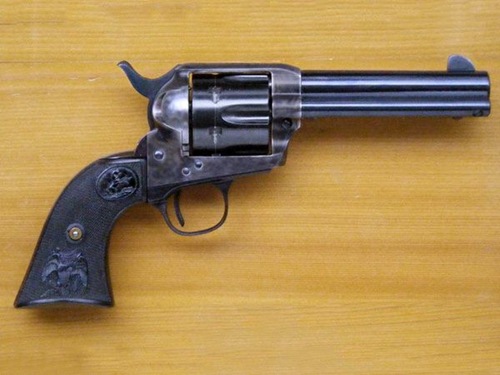
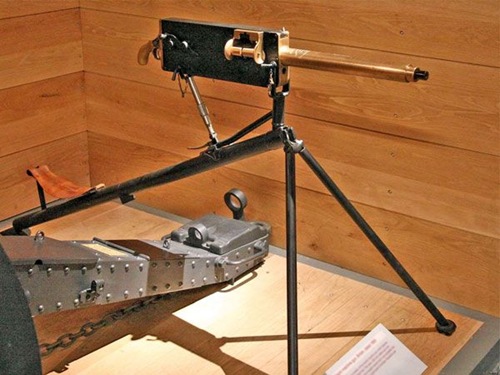
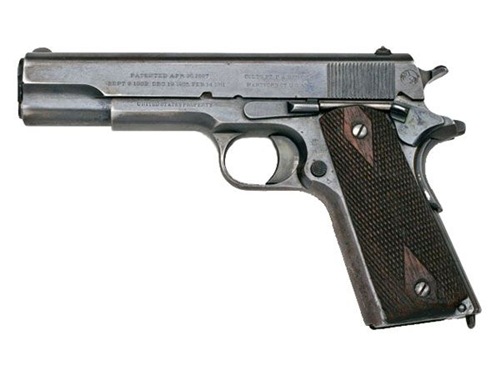
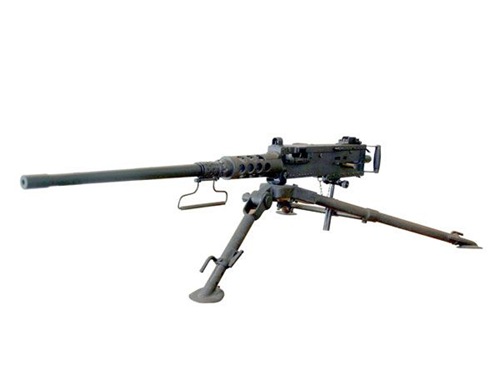
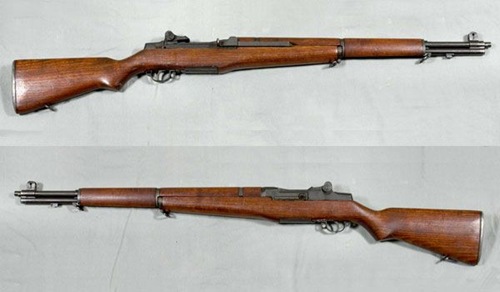
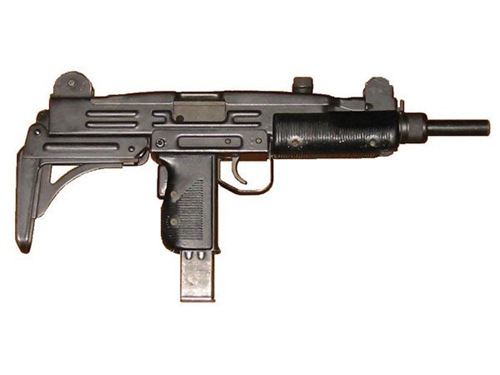


No comments:
Post a Comment
Please adhere to proper blog etiquette when posting your comments. This blog owner will exercise his absolution discretion in allowing or rejecting any comments that are deemed seditious, defamatory, libelous, racist, vulgar, insulting, and other remarks that exhibit similar characteristics. If you insist on using anonymous comments, please write your name or other IDs at the end of your message.